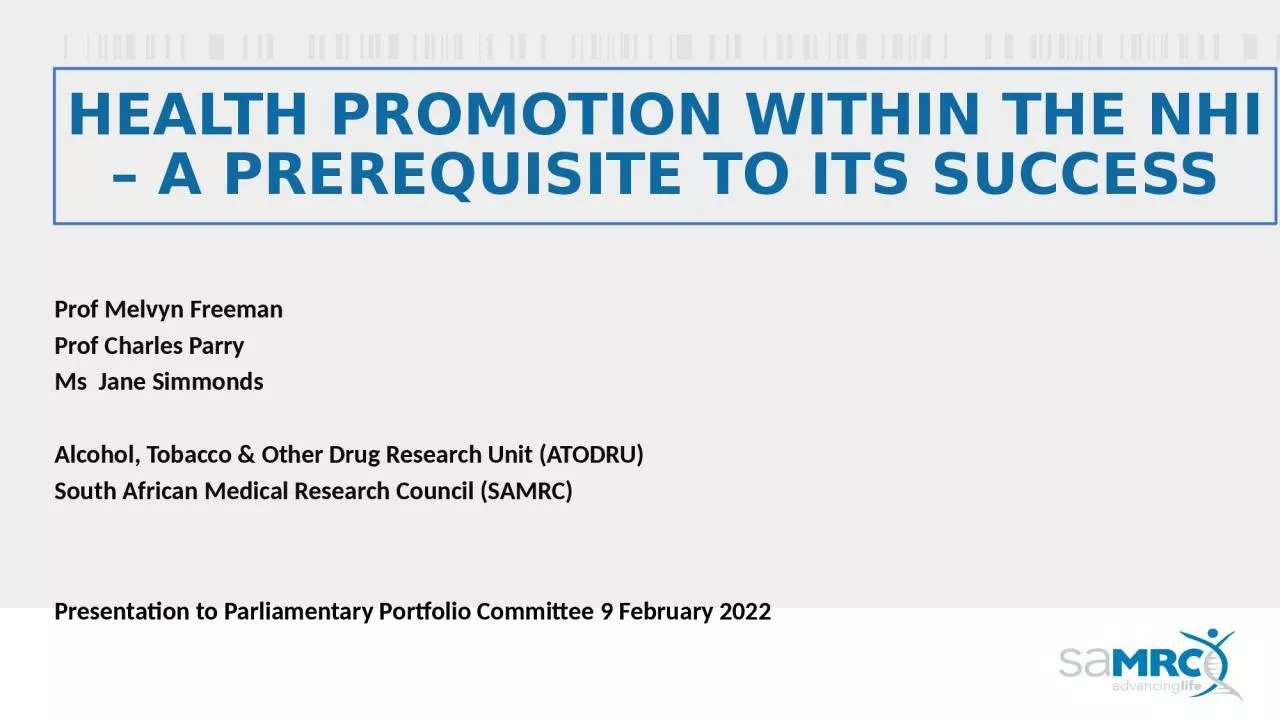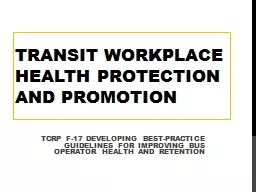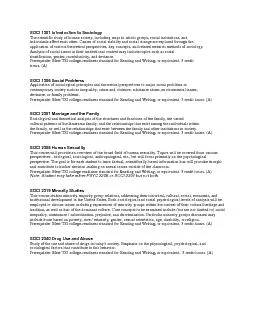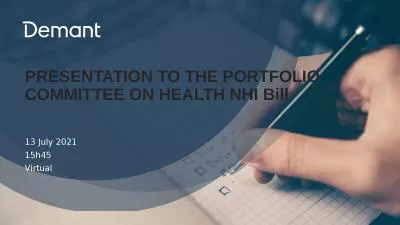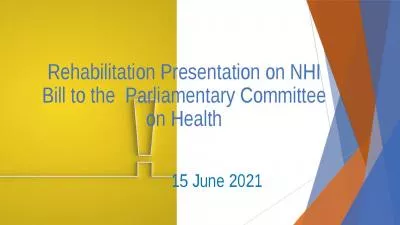PPT-Health promotion within the NHI – a prerequisite to its success
Author : joyce | Published Date : 2024-02-09
Prof Melvyn Freeman Prof Charles Parry Ms Jane Simmonds Alcohol Tobacco amp Other Drug Research Unit ATODRU South African Medical Research Council SAMRC Presentation
Presentation Embed Code
Download Presentation
Download Presentation The PPT/PDF document "Health promotion within the NHI – a pr..." is the property of its rightful owner. Permission is granted to download and print the materials on this website for personal, non-commercial use only, and to display it on your personal computer provided you do not modify the materials and that you retain all copyright notices contained in the materials. By downloading content from our website, you accept the terms of this agreement.
Health promotion within the NHI – a prerequisite to its success: Transcript
Download Rules Of Document
"Health promotion within the NHI – a prerequisite to its success"The content belongs to its owner. You may download and print it for personal use, without modification, and keep all copyright notices. By downloading, you agree to these terms.
Related Documents

